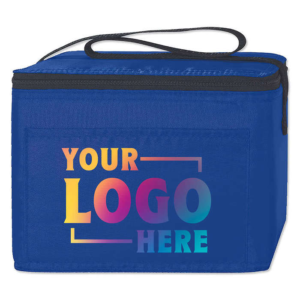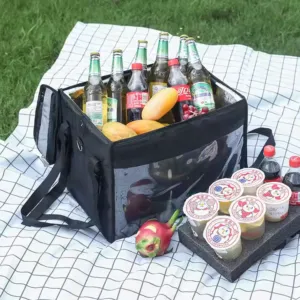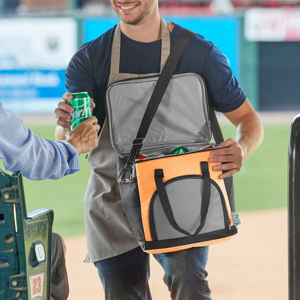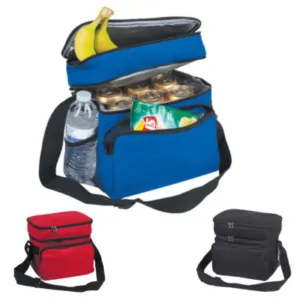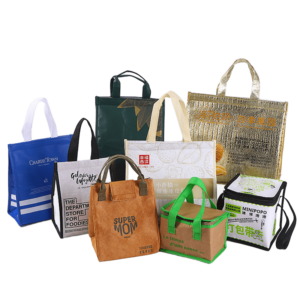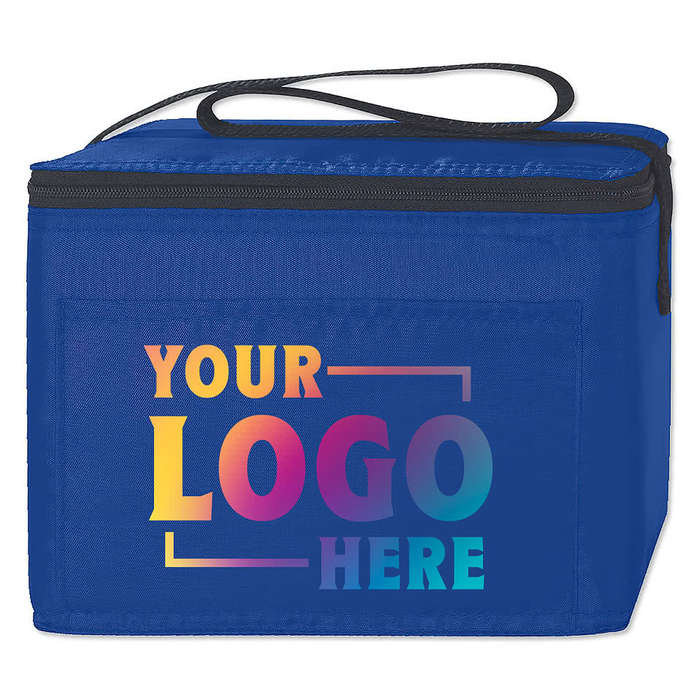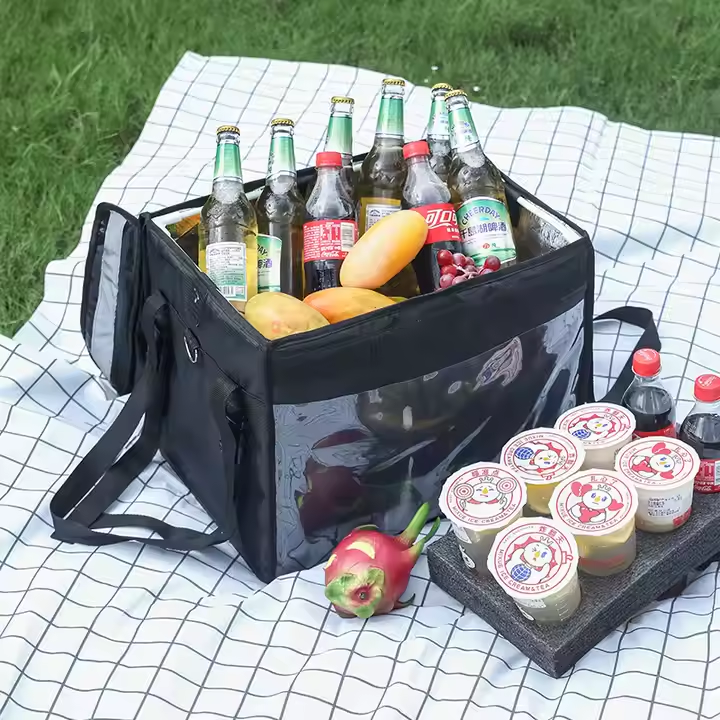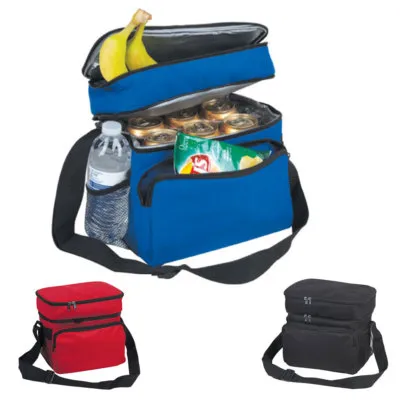When buying cooler bags in bulk, knowing what to avoid can save money and prevent quality issues. This list identifies 12 critical mistakes, based on product performance, industry expertise, and user needs.
12 Mistakes to Avoid When Ordering Cooler Bags in Bulk

Common mistakes when ordering cooler bags in bulk include choosing the wrong size, ignoring insulation quality, and failing to consider handling or usage.
Avoiding these mistakes will help ensure you receive a product that is effective, durable, and aligned with your brand.
Choosing the Wrong Size
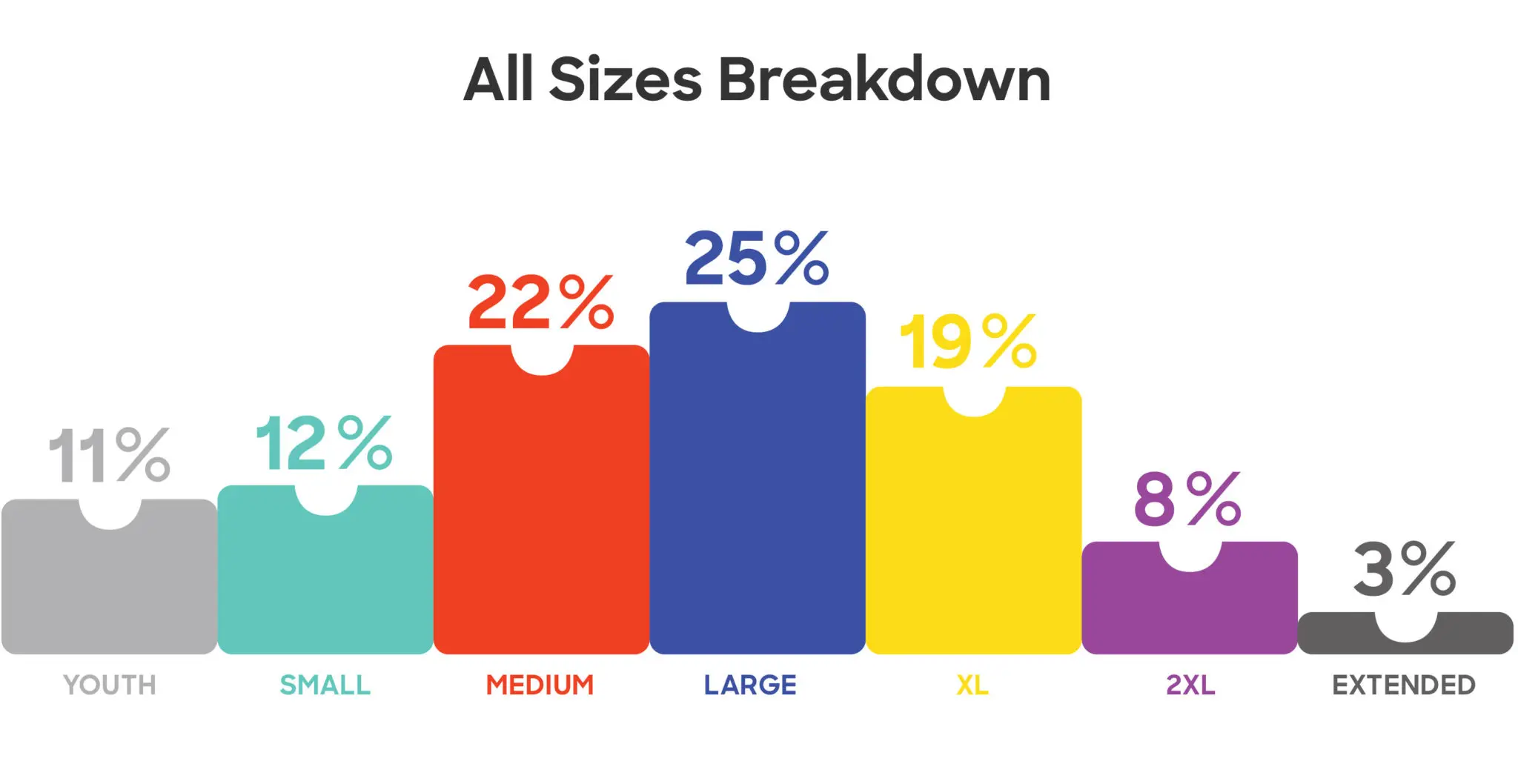
Selecting the appropriate bag size ensures both function and cost-efficiency.
Why Size Matters in Bulk Orders
Choosing the wrong size cooler bag leads to inefficiencies. Large bags use more ice and waste space when underfilled. Small bags may not hold all required items. This can create inconvenience, especially in retail or food delivery.
| Size | Best For | Problem When Misused |
|---|---|---|
| Small (5-10L) | Lunches, drinks | Too tight for group use |
| Medium (10-25L) | Picnics, delivery | Oversized for small orders |
| Large (25L+) | Parties, events | Wasteful if not full |
Assess intended use before ordering. Align size with your customers' or operations’ needs.
Ignoring Quality of Materials1
Material quality affects durability, cooling performance, and customer satisfaction.
How Poor Materials Impact Function
Cheap materials break down under use. Thin fabric, poor stitching, or low-grade insulation leads to bag failure. Always ask for physical samples. Run basic tests—check zipper quality, fabric strength, and stitching.
| Material Type | Pros | Cons |
|---|---|---|
| PEVA | Waterproof, flexible | Less durable over time |
| Oxford Cloth | Tough, durable | May absorb moisture |
| EPE Foam | Lightweight insulation | Varies in quality |
Choose materials suited to your end-use and brand image.
Not Considering Weight Capacity2
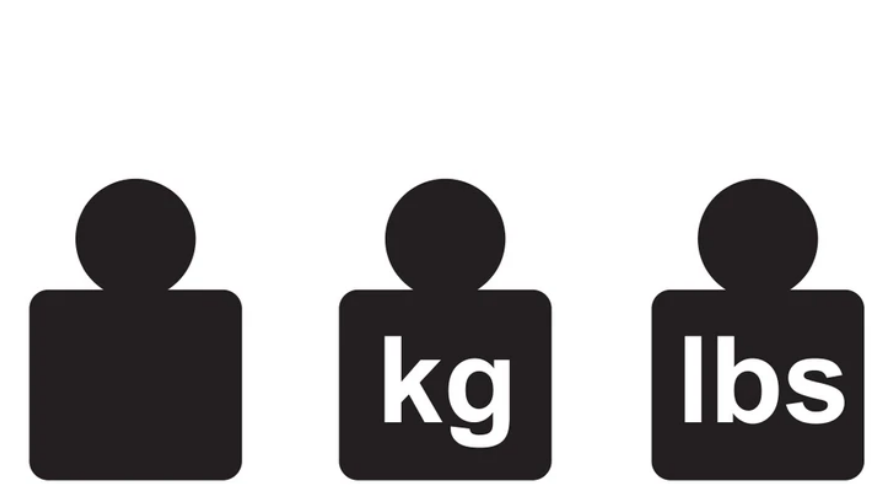
Exceeding weight limits shortens product life and risks accidents.
Why Weight Ratings Matter
Cooler bags are stitched for certain weight limits. Overloading rips seams and weakens straps. Bulk buyers often overlook this when pricing aggressively. Check manufacturer’s rated limits and match them to your product contents.
| Bag Size | Safe Weight Limit | Risks if Exceeded |
|---|---|---|
| Small | 5-8kg | Strap tear |
| Medium | 10-15kg | Seam stress |
| Large | 20kg+ | Handle failure |
Clear capacity labeling prevents misuse by end-users.
Overpacking or Overloading
Tight packing strains zippers and fabric, reducing performance.
Packing Errors That Break Bags
In delivery or retail, users stuff bags for efficiency. This harms structural integrity. Reinforced bottoms and double-stitched zippers help, but overuse wears down any product. Bulk buyers should consider bags with rigid base panels.
| Overpacking Issue | Effect |
|---|---|
| Zipper strain | Breakage, misalignment |
| Bulging sides | Weakens seams |
| Misshaped base | Poor stacking |
Design packaging guides to prevent such misuse.
Not Pre-Chilling Items Before Packing
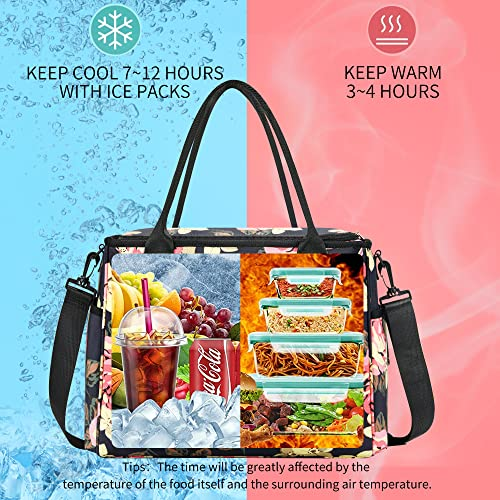
Starting with warm contents reduces cooling time drastically.
Temperature Preparation Tips
Pre-chilled drinks and food maintain bag efficiency. Otherwise, ice melts faster, and the internal temperature stays high. For delivery or event service, prepping goods in advance helps maintain a cold chain.
| Condition | Ice Duration (avg.) |
|---|---|
| Pre-chilled | 6-8 hours |
| Room Temp | 2-4 hours |
Educate team or clients on proper use protocols.
Failing to Use Ice Packs Strategically
Poor ice pack placement leads to uneven cooling and product damage.
Ice Pack Layout Best Practices
Place ice packs above and around goods. Cold air sinks, so bottom-only placement is ineffective. Avoid packing gaps where warm air can circulate.
| Placement | Cooling Effect |
|---|---|
| Bottom only | Minimal |
| Surrounding items | Balanced |
| Top layer | Efficient |
Custom inserts or pouches help maintain strategic placement.
Ignoring Waterproof Features
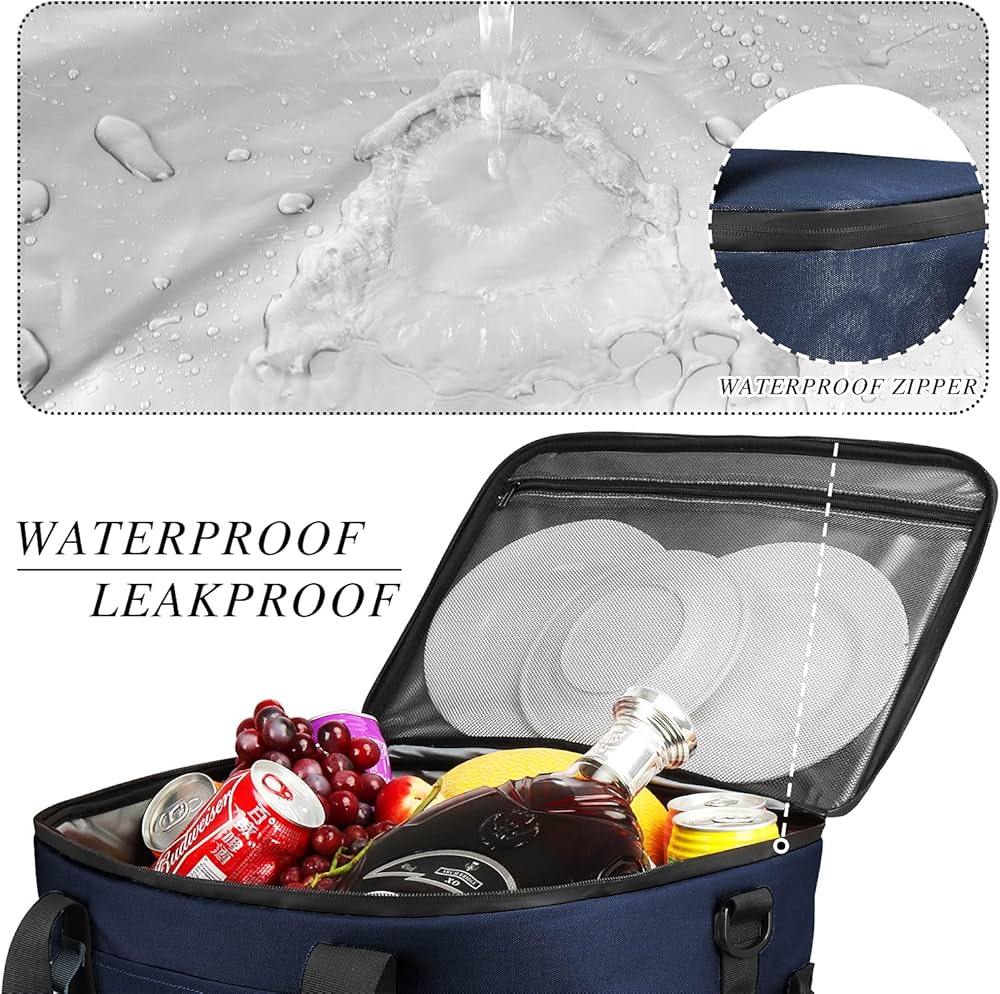
Waterproof lining prevents external mess and internal leakage.
Why Waterproofing Is Essential
Liquids from melting ice or food can seep through poor stitching or thin linings. This damages car seats, delivery surfaces, or customer goods. Look for welded seams and waterproof materials.
| Bag Component | Risk When Non-Waterproof |
|---|---|
| Bottom panel | Dripping onto surfaces |
| Zippers | Leaks through seams |
| Interior liner | Absorbs smells, mold |
Test waterproof ratings before committing to bulk orders.
Selecting the Wrong Color or Design

Color affects brand identity, usage comfort, and customer appeal.
Color Psychology and Brand Identity
For B2B retail, design matters. Bright colors attract attention. Neutral tones suggest professionalism. Functional design like outer pockets or shoulder straps improves usability. Confirm PMS color options for branding consistency.
| Color | Customer Perception |
|---|---|
| Blue | Trust, calm |
| Red | Energy, alertness |
| Black | Luxury, cleanliness |
Coordinate bag design with business image and seasonal needs.
Not Checking Insulation Thickness and Material3
Thick, layered insulation sustains cooling and enhances durability.
Insulation Comparison
Closed-cell foam outperforms basic PE foam. It holds cold longer and resists compression. Thicker insulation adds weight but improves performance—essential for hot climates or extended deliveries.
| Insulation Type | Thickness | Cooling Duration |
|---|---|---|
| PE Foam | 3-5mm | 2-4 hours |
| EPE Foam | 6-8mm | 4-6 hours |
| Closed-Cell Foam | 10mm+ | 6-10 hours |
Balance thickness and portability according to your use case.
Ignoring Proper Handling and Care Instructions
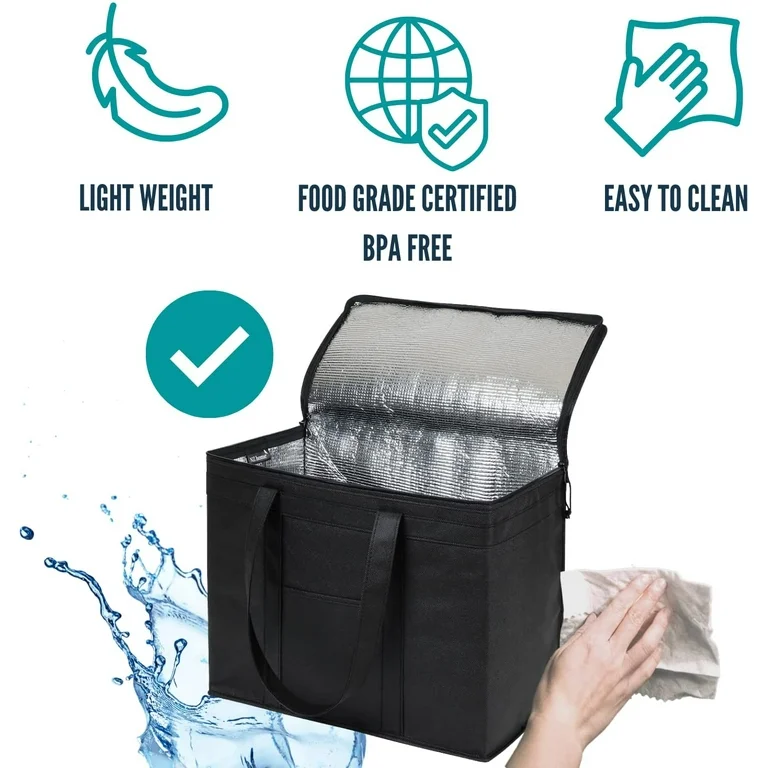
Improper use shortens product life and increases complaints.
Common Misuse to Avoid
Cooler bags are not meant for sharp or boiling items. Misuse like dragging, folding improperly, or dropping damages insulation layers. Print usage guides with each order to reduce damage claims.
| Misuse | Result |
|---|---|
| Folding when wet | Mold, smell |
| Sharp tools inside | Punctures |
| Storing near heat | Insulation breakdown |
Proper user education protects both product and brand.
Not Considering Storage Conditions
Long-term storage in poor conditions degrades performance.
Storage Environment Matters
Cooler bags should be stored in cool, dry places. Sunlight, humidity, or extreme heat warps the structure. Bulk buyers must have warehousing policies that protect materials until distribution.
| Condition | Effect |
|---|---|
| Humidity | Mold, odor |
| UV Exposure | Color fade |
| Heat | Foam collapse |
Regularly inspect stored stock before client shipment.
Failing to Plan for Accessibility and Usage
Good layout design improves functionality and user satisfaction.
Internal Layout Tips
Top-loaded bags keep drinks and snacks accessible. Separate compartments for hot and cold items preserve temperatures. Clients value zipper quality, pocket placements, and shoulder straps.
| Feature | Benefit |
|---|---|
| Dual compartments | Temp control |
| Top-access design | Faster use |
| External pocket | Added utility |
Plan for your end user's practical needs, not just aesthetics.
Conclusion
Avoiding these 12 mistakes will help ensure your cooler bag order supports your business goals, offers durability, and satisfies users. At JiaRong Packing, we assist our wholesale customers in selecting the right cooler bags through professional consultation and high-quality customization. Our factory-tested bags are reliable, practical, and made to represent your brand well. Share your thoughts or questions in the comments below!
-
Understanding the best materials for cooler bags can help you choose durable and effective options for your needs. ↩
-
Knowing how to assess weight capacity ensures safety and longevity of your cooler bags, preventing accidents and product failures. ↩
-
Exploring insulation options can significantly enhance the cooling performance and durability of your cooler bags, making them more effective for your needs. ↩


